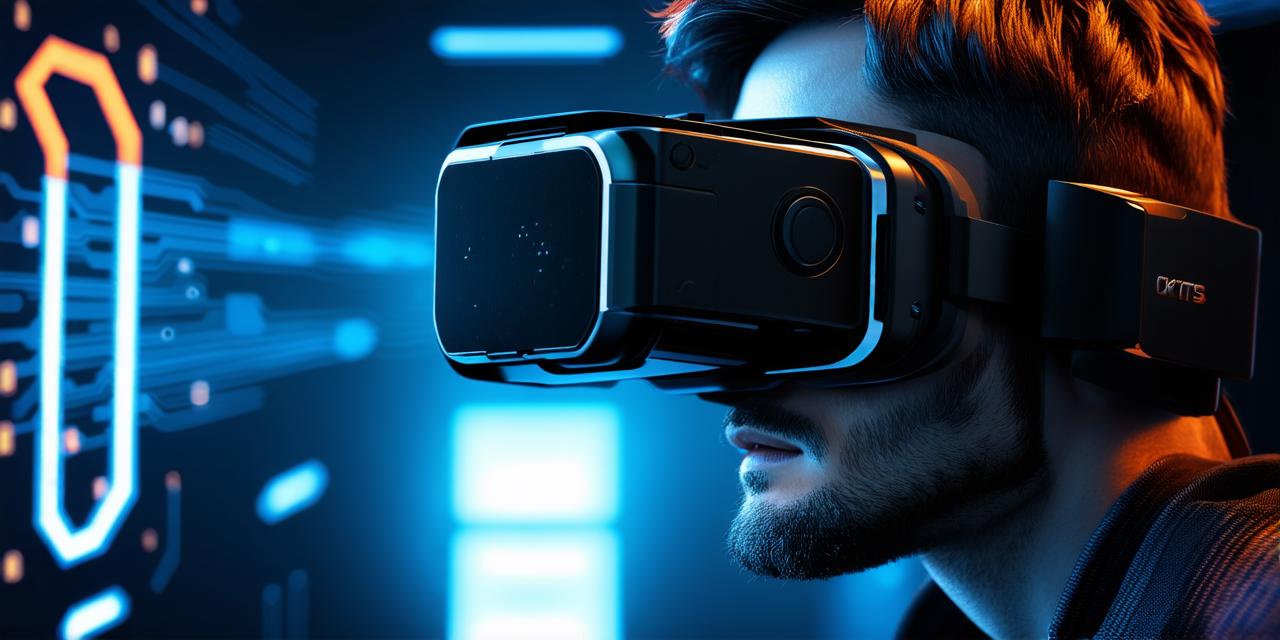Virtual reality (VR) technology has come a long way since its early days and is now being used in a variety of industries and applications. At its core, VR involves the use of computer-generated simulations to create immersive environments that can be experienced by users through specialized devices such as headsets and gloves.
In this article, we will explore some of the key uses of virtual reality, including:
Training and education
Virtual reality is increasingly being used for training and education purposes, as it provides a safe and controlled environment for individuals to practice skills and learn new concepts without the risk of injury or harm. This can be particularly useful in fields such as medicine, aviation, and military, where mistakes can have serious consequences.
Gaming and entertainment
Perhaps one of the most well-known uses of virtual reality is in gaming and entertainment. VR headsets and controllers provide a fully immersive gaming experience that allows users to feel like they are a part of the game world. This has led to the development of a wide range of VR games, from first-person shooters to puzzle games and everything in between.
Tourism and travel
Virtual reality can also be used to provide individuals with a virtual tour of different destinations around the world. This allows people to experience new cultures and sights without ever leaving their homes, making it an ideal use case for those who are unable to travel due to financial or logistical constraints.

Design and architecture
Virtual reality is also being used in the design and architecture industries to create realistic simulations of buildings and environments. This allows architects and designers to test different designs and layouts before constructing them in real life, saving time and resources in the process.
Therapy and mental health
Finally, virtual reality is increasingly being used in therapy and mental health applications. For example, it can be used to treat phobias, anxiety disorders, and post-traumatic stress disorder (PTSD) by exposing individuals to controlled simulations of triggering environments. It can also be used to provide relief for those with chronic pain or other medical conditions by creating immersive distractions that help to reduce discomfort.
In conclusion, virtual reality is a versatile technology that has a wide range of applications across various industries and sectors. Whether it’s training, education, gaming, tourism, design, or therapy, VR provides a unique and powerful tool for individuals to learn, explore, and experience new things in ways that were previously impossible.
